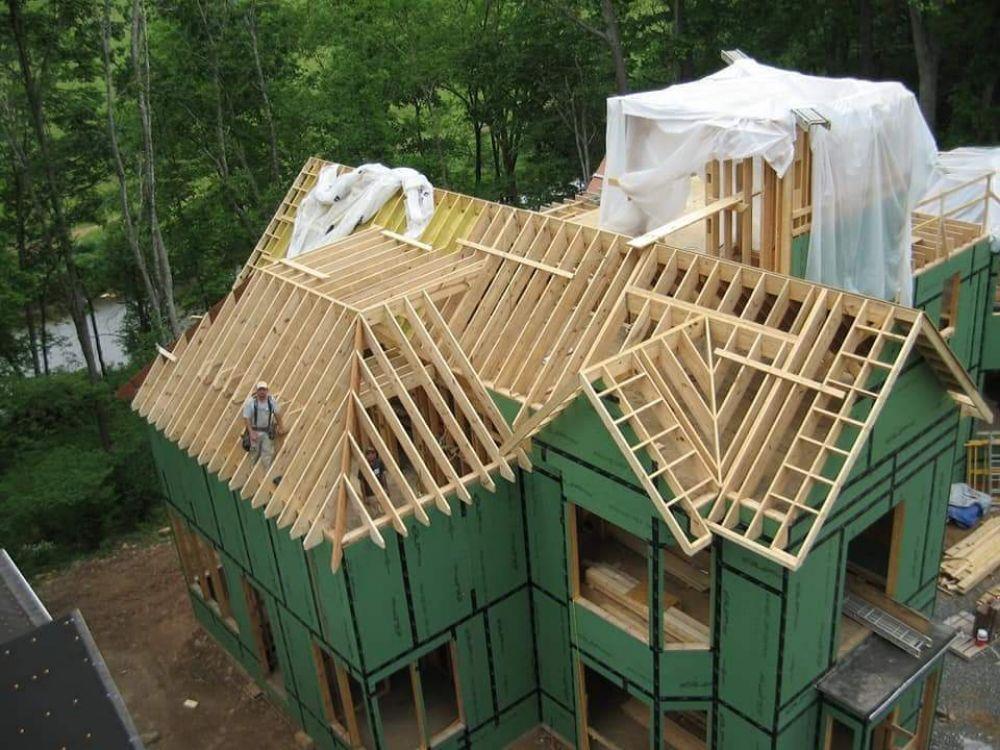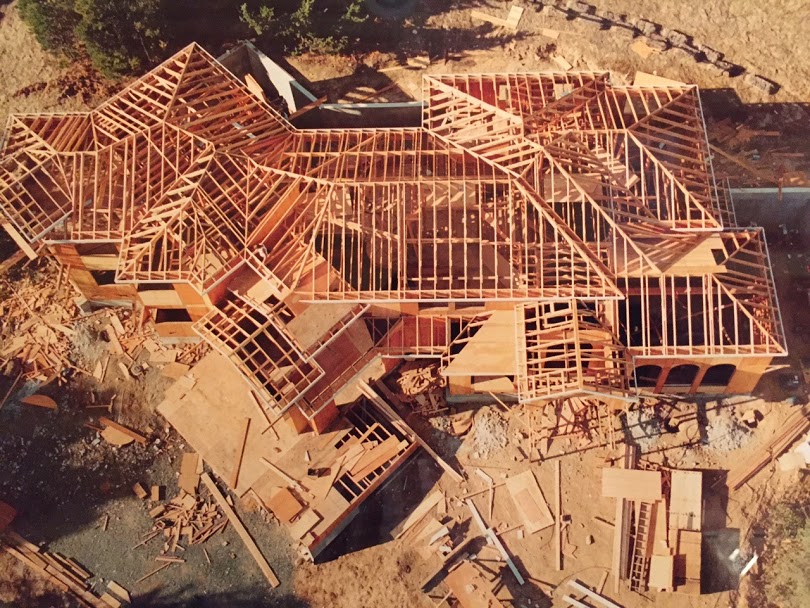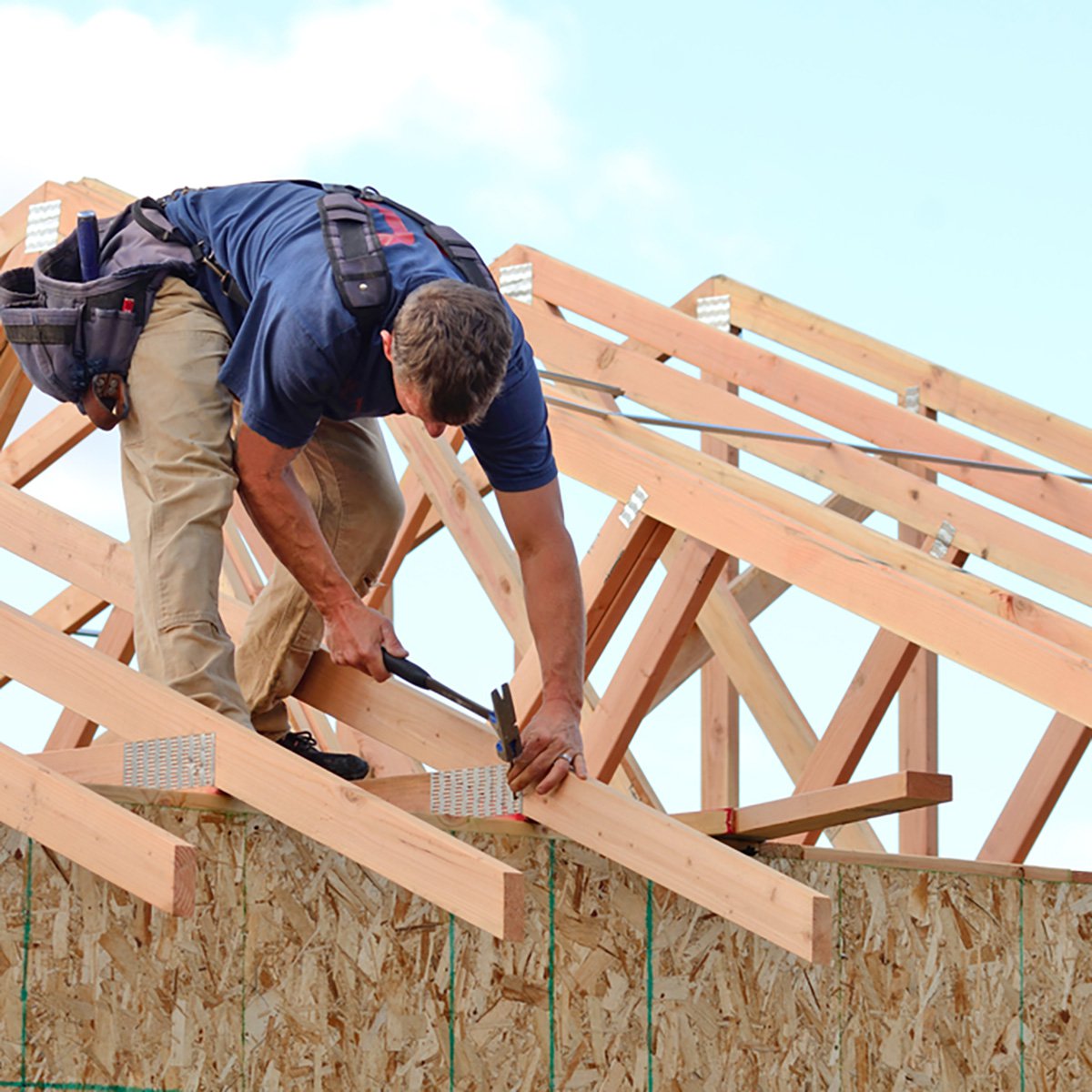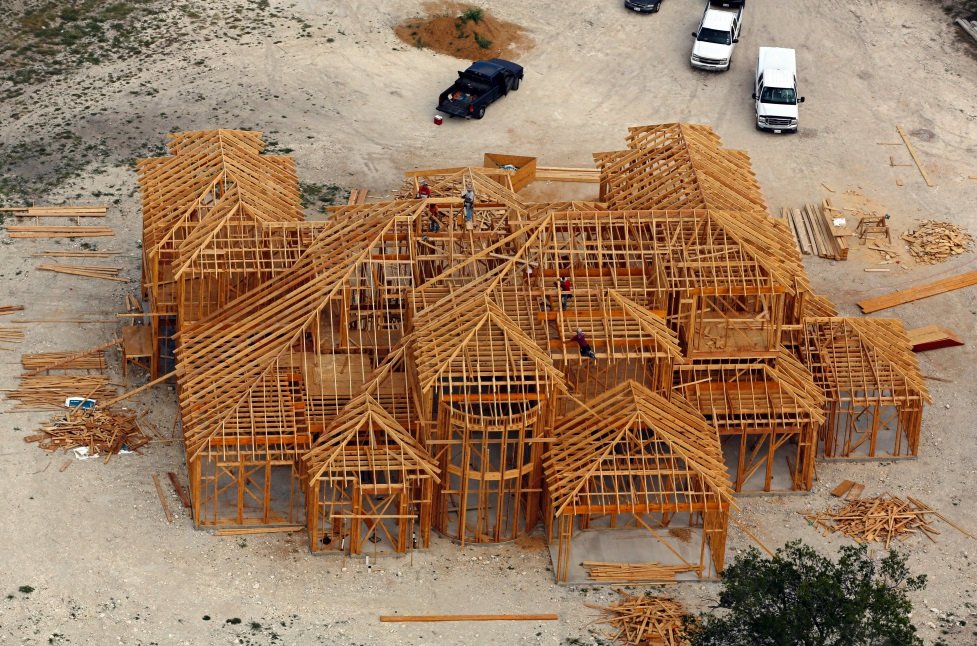Framing an attractive and mesmerizing roof requires proper planning and to make your design stand out of common designs, you must be willing to contribute an extra few hours. Therefore, If you are planning to build a home that will have a magnificent roofing design, let us guide you through ten interesting facts on how to frame a roof recommended by experts, owning at least one “scissor lift hire” will certainly make the job a lot easier.
1. Select the proper Style
First and foremost, Before planning on framing a roof, always keep in mind the overall architectural structure of your building. The structure of a roof will depend solely on the shape of your building, and most importantly, how you want the building to appear from outside.

For instance, Conventional roof styles consist of
- A-frame roofs with a single rafter
- A gable extension connecting a wall perpendicularly
- Mansard roof slopes for providing living space underneath
- Hipped roofs created using multiple rafters
2. Finalize the design of trusses
The perfect roofing style comprises of numerous aspects which must be considered while framing a rooftop. Make sure the design you select will certainly leave an impact while framing trusses.
Thus, utilize all the time you require on designing the perfect frame of a roof before selecting trusses. Because the more time and concept you invest the more your roof will be perfect and a piece of pride to visualize.
3. Recognize the accurate measures
Whether you cut the rafters on your own or hire a contractor to do it, the crucial fact to remember would be to accurately measure the rafters while structuring your entire building foundation.
So, we hope you will take time while doing the job since the rafters usually are geometrically structured, therefore, it involves quite a lot of complicated calculations.
Therefore, focus, measure and get it done on the first shot.
4. Use a construction calculator
Did you know, there is a specific calculator specially designed for construction?
We suggest It would be a brilliant and less time-consuming attempt for your roof construction.
This device is uniquely programmed using the Pythagorean formula; as a result, more precise measurements can be recorded before cutting any rafters for the trusses.
This will undoubtedly save more of your valuable time and reduce possibilities for errors.
5. Verify the number of rafters needed
It is a must that you are also aware of the number of rafters needed for framing a rooftop, which further depends on the area where your building is currently standing.

The square feet area must be divided into feet by two, and the result will give you the number of rafters needed.
In terms of complicated roofing designs, measure according to the overall design of the frames.
6. Pre-fab trusses for accurate specification
If you wish to cut down expenses and time, you can order the pre-fab trusses.
Don’t worry as the contractor will not be charging you extra money; moreover, this will lower the level of waste often generated from the raw materials.
For countless other reasons, it is the best deal to order pre-made trusses for framing the roof.
7. Adequate lumber
Generally, the dense softwoods are advised for the foundational support, so, you are required to collect enough lumbers.
Following the measurement, you will have a clearer picture of exactly what you want, including an approximate number of lumbers it will need.
So, consider ordering more lumber before your project and set aside any redundancies in dry storage, if any.
Keep in mind that the more sophisticated and well built the framing of your roof is the more lumber you’ll likely going to need.
Avoid split or chipped edged lumber if you are planning to use them over a considerable period of time.
8. Cautiously measure the chord and plumb to cut
You can cut each chord which will go with the rafter, in a suitable size. The task will be more comforting if you can leave at least a foot distance from the ends so you could later use a circular saw for making aligned cuts.
In terms of plumb cut, angle cuts are measured to the pitch-end. Also, do not forget to carry a pencil, a square frame and stair gauges that are movable for making the cleanest and most accurate cuts.
9. Precisely Measuring and cutting bracing joints are equally important
The number of bracing joints depends on the design of the trusses. Also, it is informed that you may require a large number of this element and size according to measurements.

Make sure you divide the length of the whole bottom by three. Then, measure the distance through the run from where the braces are to be placed.
After finishing up all measurements for trusses, you just need to make the cuts accurately and then clean the ends with sandpapers. Now, braces are ready to be pieced together.
10. Installing the rafters
At this stage, we assume the ridge boards have been put in its place, brace it if necessary. Note that, maximum load bearing rafters must be set two feet distant apart and make cap plates for each rafter too.
Then, place each rafter upside down against the wall plates for swing up. Now all you require is to nail the run joints to the cap plates that will level the platform.
When you have finished bracing and the usual installing, it’s time to adjust the layer of roof sheathing using either plywood or lumber.
But the thickness, as well as the shape of the sheathing, will rely on the shape of the roof above.
This was the elaborate top 10 tips followed by the builders who want perfect framed roofs, we expect you to have a thorough read through this guide and prove it to be resourceful.

